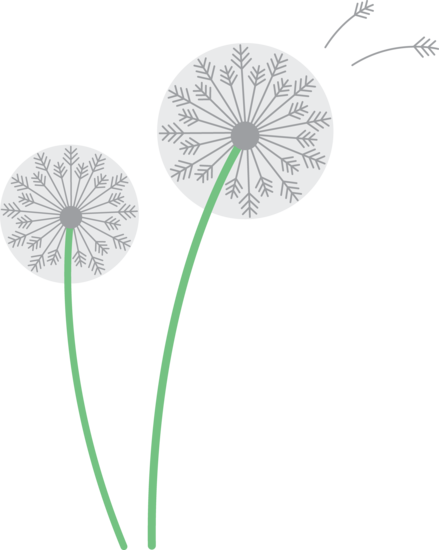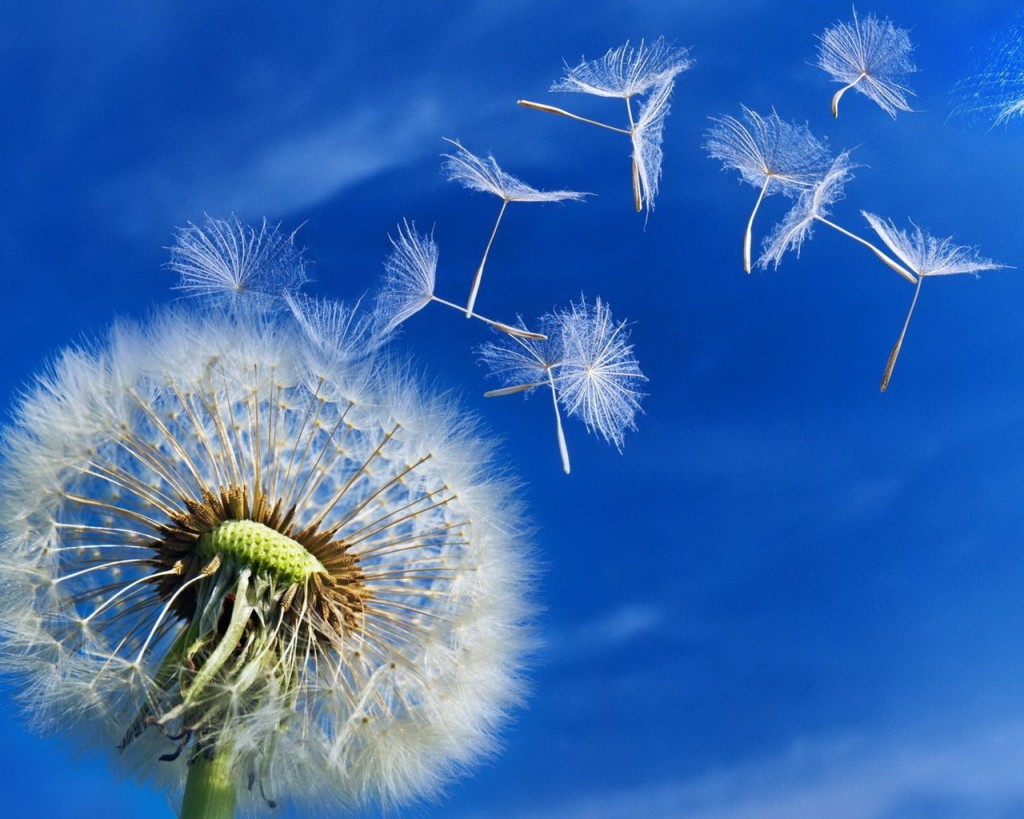
Dandelion Information
Dandelion Reproduction
 The dandelion has more than one method of reproducing themselves. This gives them multiple ways to spread and makes them more difficult to eradicate. The most common method of dandelion reproduction is through its wind-aided dispersal of seeds which germinate almost year-round. Pollination of the dandelion occurs when insects carry its pollen from one flower to another, but dandelions can also pollinated themselves. Thus, it only takes one single dandelion to reproduce itself and spread all over a lawn. Each dandelion that goes to seed produces between 135-300 seeds.
The dandelion has more than one method of reproducing themselves. This gives them multiple ways to spread and makes them more difficult to eradicate. The most common method of dandelion reproduction is through its wind-aided dispersal of seeds which germinate almost year-round. Pollination of the dandelion occurs when insects carry its pollen from one flower to another, but dandelions can also pollinated themselves. Thus, it only takes one single dandelion to reproduce itself and spread all over a lawn. Each dandelion that goes to seed produces between 135-300 seeds.
Dandelion growth is often difficult to control and the plant can be difficult to completely eliminate, since the entire root system of the plant needs to be removed or they can quickly grow right back. The dandelion can regrow an entire new plant from its taproot by sending off new shoots underground. The dandelion does not even need a whole taproot to accomplish this, needing only a mere 2 millimeters of the root to germinate a whole new dandelion.
Dandelion florets are ligulate and possess both male (pollen-producing) and female (seed-producing) parts. The fruits are mostly produced by asexual reproduction (apomixis), without fertilization. Dandelion plants typically have 24 or 40 pairs of chromosomes, but some have 16 or 32 chromosomes
Dandelions are capable of reproducing themselves even when there is not enough sunlight to allow the flower buds to open. In this case, the make parts of the dandelion pollinate the female parts they are pressed up against. The fertile seeds then push their way out of the top of the bud.
[back to dandelion information page]
For more information about the dandelion, check out the dandelion factoids section,
or explore some unique dandelion folklore, myths and legends.


